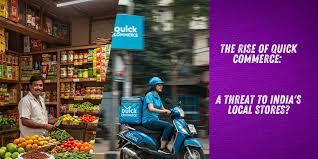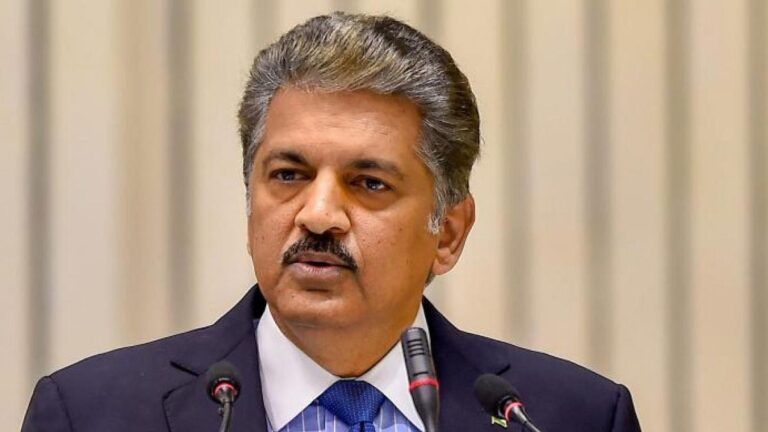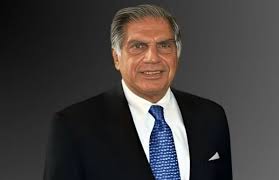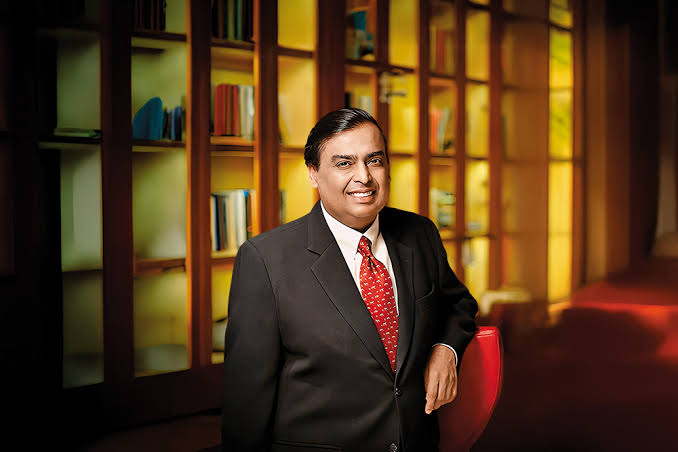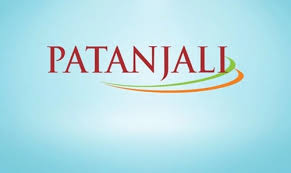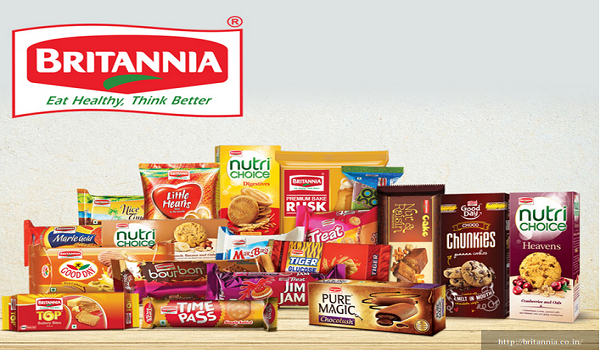As the world races toward a more sustainable future, India’s electric vehicle (EV) sector is shifting gears with remarkable speed. The need to combat climate change, reduce air pollution, and minimize dependence on fossil fuels has turned EV adoption from a futuristic idea into an urgent priority. In India, one of the world’s fastest-growing economies, this transition is picking up pace, driven by innovation, supportive policies, and rising eco-consciousness.
With rising urbanization and a demand for cleaner alternatives, India’s mobility landscape is evolving rapidly. In this article, we highlight some of the top electric vehicle brands in India that are setting the benchmark for sustainable transportation and shaping the future of mobility.
The Rise of EVs in India
India’s electric revolution is being fueled by government-backed initiatives like the FAME (Faster Adoption and Manufacturing of Hybrid and Electric Vehicles) scheme, rising fuel costs, and a growing awareness of environmental issues. With an ambitious goal of reaching 30% EV adoption by 2030, Indian and global automakers are charging ahead with bold innovations.
From two-wheelers and passenger cars to public transport solutions, the EV market in India is broad and fast-evolving. Let’s take a look at the key players steering this green movement.
Tata Motors: Leading the Electric Car Evolution
Tata Motors stands tall among India’s EV pioneers. Its Nexon EV, with a range of over 300 km on a single charge, has become a household name thanks to its balance of performance, pricing, and practicality. Tata’s compact Tigor EV further strengthens its urban commuter appeal. With strategic investments in EV infrastructure and an expanding lineup, Tata is committed to a sustainable future.
Mahindra Electric: A Trusted Trailblazer
Part of the Mahindra Group, Mahindra Electric has long been a flagbearer for sustainable mobility. The eVerito electric sedan and the Treo three-wheeler are popular in both fleet and last-mile segments. Mahindra’s deep understanding of Indian road conditions and consumer needs makes it a formidable player in the EV ecosystem.
Ola Electric: Disrupting Two-Wheeler Mobility
Founded by Bhavish Aggarwal, Ola Electric has brought a fresh wave of innovation to the EV two-wheeler space. Its stylish and powerful S1 and S1 Pro scooters offer features like large touchscreens, fast charging, and up to 181 km of range—setting a new standard in the segment. Ola’s success underscores the massive demand for efficient and tech-savvy mobility solutions.
Ather Energy: Redefining Premium Electric Scooters
With a focus on design and technology, Ather Energy has built a loyal following through models like the 450X and 450 Plus. Offering up to 146 km of range, intelligent features, and a growing fast-charging network (Ather Grid), Ather is setting benchmarks for electric two-wheelers in India.
Hero Electric: The Veteran Player
A stalwart in the EV space, Hero Electric has been making electric two-wheelers for over a decade. Known for models like the Optima and Photon, Hero Electric combines affordability, reliability, and ease of use. It continues to dominate the affordable segment of the Indian EV market.
Bajaj Auto: Reviving Legacy with Electric Chetak
Bajaj Auto, with its rich heritage, entered the EV race with a modern take on a classic—the Bajaj Chetak Electric. Offering up to 95 km of range, this premium electric scooter features regenerative braking and sleek digital displays. Its retro-modern design has found fans among urban commuters.
MG Motor India: Global Expertise, Local Impact
MG Motor India made a strong entry into the EV market with the MG ZS EV, a feature-packed SUV offering a range of up to 461 km. With a panoramic sunroof, connected car features, and fast-charging capability, MG has positioned itself as a serious player in the premium EV space. The company is also investing in charging infrastructure across India.
Revolt Motors: Pioneering Electric Motorcycles
Founded by Rahul Sharma (Micromax), Revolt Motors launched India’s first AI-enabled electric motorcycles—the RV400 and RV300. Their swappable battery tech addresses range anxiety and positions Revolt as an innovator in electric mobility, especially for younger, urban riders.
Ashok Leyland: Powering Public Electric Transport
While others focus on personal EVs, Ashok Leyland is transforming public transportation with its electric bus range, including the Circuit series. Deployed in various Indian cities, these buses offer low emissions, low running costs, and a sustainable alternative for mass transit.
Hyundai India: Driving Premium EV Experience
Hyundai India introduced the Kona Electric, India’s first fully electric SUV, offering a premium experience with a range of up to 452 km. Packed with smart features and sustainable design, Hyundai is now set to bring more EVs to the Indian market in the coming years.
The Road Ahead
India’s EV journey is gaining momentum, but hurdles like high initial costs, limited charging infrastructure, and consumer skepticism still exist. However, with increasing investments, policy support, and innovation from the private sector, these challenges are gradually being overcome.
As more players enter the arena, competition will drive down costs, expand product choices, and enhance overall EV infrastructure—bringing India closer to its electric dream.
Final Thoughts
India’s top EV brands aren’t just producing vehicles—they’re building a greener future. From Tata Motors and Mahindra Electric to disruptors like Ola Electric and Ather Energy, these companies are setting India on a fast track to clean, connected, and sustainable transportation.
The future is electric—and India is ready to lead the charge.
Frequently Asked Questions
Q: Which is the best electric car in India?
A: The Tata Nexon EV is often considered the best due to its affordability, 300+ km range, and after-sales service.
Q: Are electric vehicles affordable in India?
A: While upfront costs are higher, subsidies (like FAME-II) and lower running costs are making EVs more accessible.
Q: What is the range of electric scooters in India?
-
Ola S1 Pro: Up to 181 km
-
Ather 450X: Up to 146 km
-
Hero Optima: Up to 110 km
-
Bajaj Chetak: Up to 95 km
Q: How is India’s EV charging infrastructure developing?
A: It’s rapidly improving. Companies like Ather, Ola, and Tata Power are expanding the network across major cities.
Q: Who are the top Indian electric two-wheeler brands?
A: Ola Electric, Ather Energy, Hero Electric, and Bajaj are leading the two-wheeler EV segment.

